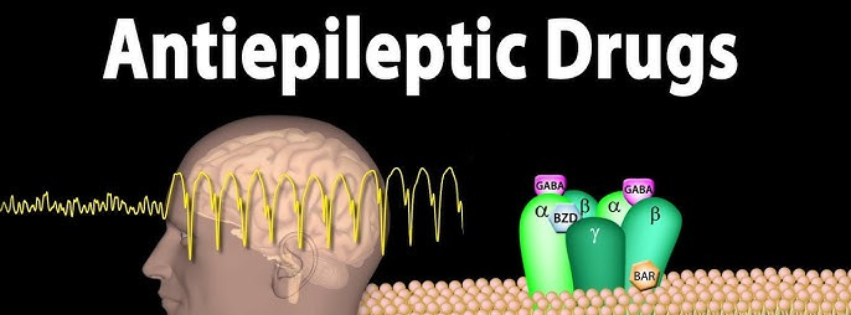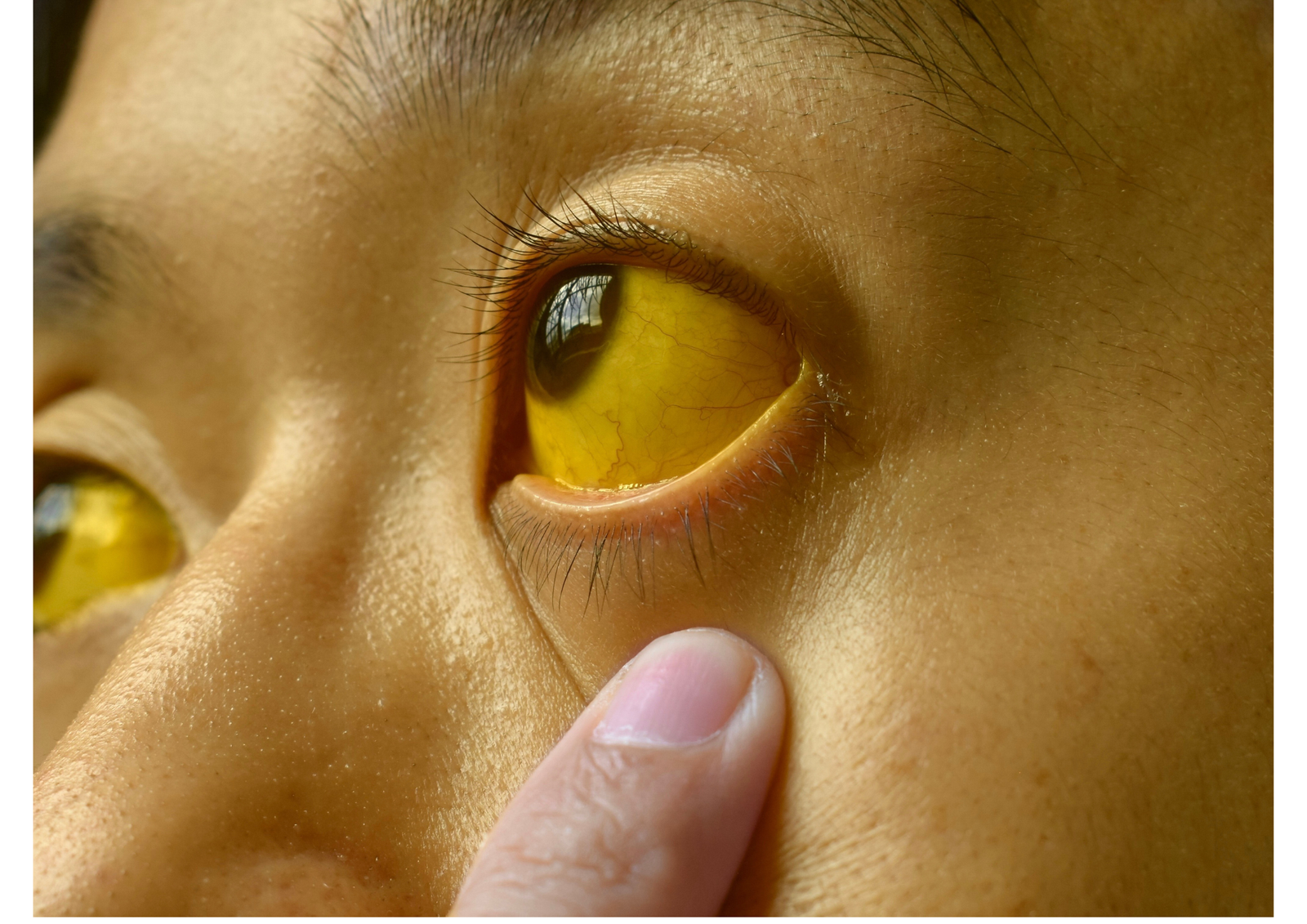
Antiepileptic Drugs in Ayurveda: Ancient Wisdom for Managing Epilepsy Naturally
Epilepsy, known as Apasmara in Ayurveda, is a neurological disorder characterized by recurrent seizures resulting from sudden, abnormal electrical activity in the brain. While modern medicine primarily manages epilepsy with antiepileptic drugs (AEDs) such as phenytoin, valproate, or carbamazepine, Ayurveda offers a holistic and time-tested approach that focuses on balancing the mind, body, and spirit. Ayurvedic antiepileptic formulations aim not only to control seizures but also to strengthen the nervous system, purify the channels (srotas), and restore mental harmony.
In this blog, we’ll explore the Ayurvedic understanding of epilepsy, its causes, and the classical herbal formulations and treatments that serve as natural antiepileptic drugs.
Understanding Epilepsy (Apasmara) in Ayurveda
The term Apasmara comes from two Sanskrit roots — “Apa” (loss) and “Smara” (memory or consciousness). Thus, Apasmara literally means a “loss of consciousness or awareness.” According to Ayurvedic texts like Charaka Samhita and Sushruta Samhita, Apasmara is a result of vitiation of the Tridoshas — Vata, Pitta, and Kapha — with a predominant involvement of Vata dosha.
Pathogenesis (Samprapti)
When the doshas become imbalanced due to improper diet, stress, trauma, or lifestyle factors, they disturb the functioning of the Manovaha srotas (channels of the mind) and Majja dhatu (nervous tissue). This leads to obstruction of normal nerve impulses and derangement of consciousness, manifesting as seizure episodes.
Key Ayurvedic Causes (Nidana)
- Excessive mental stress and emotional trauma
- Improper diet (Guru, Amla, or excessive oily foods)
- Irregular sleep and exhaustion
- Genetic or karmic factors (Beeja dosha)
- Toxic accumulation (Ama) in the nervous system
Types of Apasmara in Ayurveda
Ayurvedic texts classify Apasmara into four main types based on dosha dominance:
- Vataja Apasmara – Characterized by sudden loss of consciousness, convulsions, frothing from the mouth, and trembling.
- Pittaja Apasmara – Involves heat sensations, yellowish discoloration, anger, and burning eyes.
- Kaphaja Apasmara – Features heaviness, drowsiness, sluggishness, and excessive salivation.
- Sannipataja Apasmara – A complex and severe type involving all three doshas, often chronic and difficult to manage.
Each type requires a customized approach to restore doshic balance and improve neurological stability.
Ayurvedic Approach to Treatment
Ayurveda adopts a multi-dimensional approach to epilepsy management. It emphasizes detoxification, rejuvenation, dietary correction, and mental stability alongside herbal medications. The aim is to not only control seizure frequency but also to improve the overall vitality of the nervous system.
Shodhana Therapy (Detoxification)
Before starting herbal medicines, purification therapies are recommended to eliminate accumulated toxins. Common Shodhana procedures include:
- Vamana (Therapeutic emesis): Especially beneficial for Kaphaja Apasmara.
- Virechana (Purgation): Used in Pittaja type to clear excess Pitta from the body.
- Basti (Medicated enema): Essential for Vata-dominant epilepsy; nourishes the nervous system and restores balance.
- Nasya (Nasal medication): Directly impacts the brain and nervous system by delivering medicated oils or powders through the nasal route.
Shamana Therapy (Pacification)
After purification, Shamana chikitsa aims to pacify the vitiated doshas using herbal medicines, dietary regulation, and mental relaxation techniques.
Important Ayurvedic Herbs with Antiepileptic Properties
Ayurveda describes numerous herbs that act as Medhya Rasayana (neurotonics) and Vata-pacifying agents. These herbs help in strengthening the brain, improving memory, reducing stress, and preventing seizures.
Brahmi (Bacopa monnieri)
One of the most celebrated brain tonics in Ayurveda, Brahmi enhances mental alertness, calms the mind, and improves nerve function. Modern studies show that Bacopa has antioxidant and neuroprotective properties, making it beneficial in epilepsy management.
Dosage: Brahmi ghrita or Brahmi churna (powder) – 1 to 3 grams daily with milk.
Shankhpushpi (Convolvulus pluricaulis)
Shankhpushpi is known for its calming and anticonvulsant properties. It works by stabilizing brain chemicals and reducing anxiety, which can be a trigger for seizures.
Form: Decoction or syrup form; often used with Brahmi and Vacha.
Vacha (Acorus calamus)
Vacha acts as a nerve stimulant and detoxifier. It is especially useful in Kapha-dominant epilepsy, where lethargy and sluggishness prevail. However, it must be used cautiously due to its potent nature.
Classical Reference: Mentioned in Charaka Samhita for Apasmara treatment.
Jatamansi (Nardostachys jatamansi)
Jatamansi is a powerful tranquilizer and antioxidant. It helps reduce oxidative stress in the brain and stabilizes neurotransmitter function. It also supports deep sleep and mental clarity.
Ashwagandha (Withania somnifera)
Known as the “Indian ginseng,” Ashwagandha strengthens the nervous system, reduces stress hormones, and improves resilience against seizure triggers like anxiety or sleep deprivation.
Mandukaparni (Centella asiatica)
Often used in combination with Brahmi, Mandukaparni enhances memory, concentration, and neuronal regeneration.
- Tagara (Valeriana wallichii)
Tagara has sedative and anticonvulsant actions similar to modern benzodiazepines but without the side effects. It promotes calmness and sleep, reducing seizure susceptibility.
Classical Ayurvedic Formulations for Epilepsy
Several polyherbal and herbo-mineral formulations described in ancient Ayurvedic texts are used as natural antiepileptic drugs.
Saraswatarishta
A renowned brain tonic containing Brahmi, Shatavari, Ashwagandha, and other herbs. It enhances cognitive function, reduces anxiety, and improves memory.
Smriti Sagar Ras
This herbo-mineral preparation is designed to support mental function and control seizure episodes. It contains purified mercury and sulfur in minimal, therapeutic doses under expert supervision.
Brahmi Vati
A tablet formulation rich in Brahmi and other Medhya herbs, used for epilepsy, depression, and anxiety.
Kalyanaka Ghrita
A medicated ghee preparation mentioned in Ashtanga Hridaya, effective in mental disorders including epilepsy and psychosis. It nourishes brain tissues and balances Vata and Pitta doshas.
Maha Panchagavya Ghrita
This ghee-based formulation detoxifies the brain, strengthens nerves, and is especially useful in chronic epileptic conditions.
Diet and Lifestyle Recommendations
Ayurvedic management of epilepsy is incomplete without dietary and lifestyle modifications. A supportive regimen helps maintain doshic balance and prevents recurrence.
Dietary Guidelines
- Favor light, easily digestible, Vata-pacifying foods: warm soups, milk, ghee, and whole grains.
- Avoid spicy, sour, and fermented foods.
- Incorporate herbs like turmeric, cumin, and coriander in daily meals.
- Refrain from excessive caffeine, alcohol, and processed foods.
Lifestyle Practices
- Maintain a regular sleep schedule and avoid sleep deprivation.
- Practice Yoga and Pranayama — especially Anulom Vilom and Bhramari.
- Meditate daily to reduce stress and mental agitation.
- Avoid overexertion, loud noise, and emotional extremes.
Scientific Insights and Modern Research
Recent studies have validated several Ayurvedic herbs for their neuroprotective and anticonvulsant activities:
- Brahmi and Shankhpushpi enhance GABAergic activity, similar to modern antiepileptic drugs.
- Jatamansi and Tagara modulate neurotransmitters like serotonin and dopamine, promoting mental calmness.
- Ashwagandha reduces oxidative stress and protects neurons from damage.
Such findings bridge the gap between traditional wisdom and modern pharmacology, offering a complementary approach to epilepsy management.
Get more information click here.
If you want 100% ayurvedic medicine. click here


